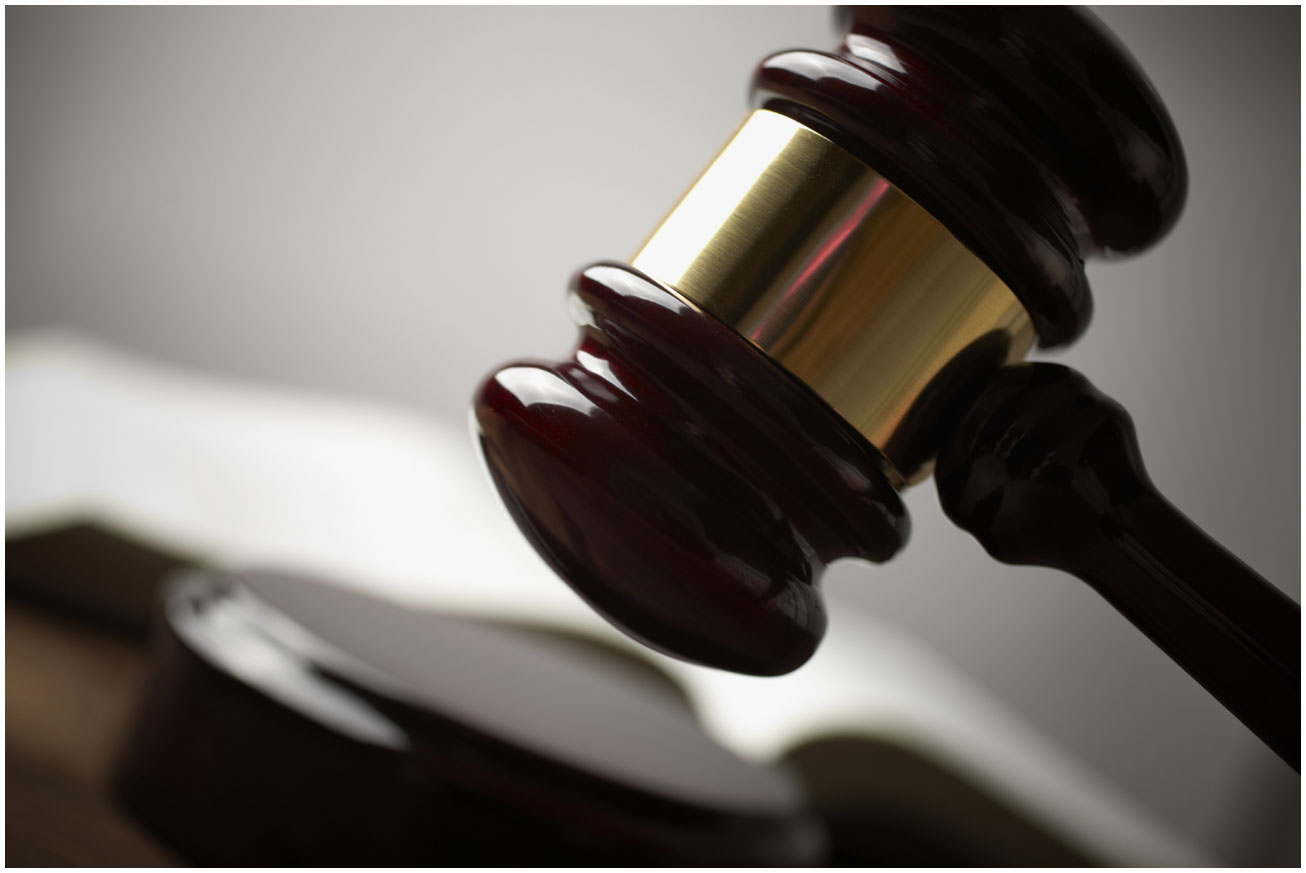Utilizing jury reforms to help your case
By: dmc-admin//February 1, 2010//
Americans are an impatient bunch. We hate waiting in line, microwave many of our meals and check our e-mail while driving.
Yet when it comes to trials, we ask jurors to wait. Wait until all the evidence is in, wait to discuss it, wait while we handle this matter at sidebar or in chambers, wait until the end of the trial to get instructions on how to view the evidence.
But the fact is, jurors don’t wait. They may try to be patient, but they are constantly searching for what happened.
Since 1995, the jury reform movement has recognized that juries are more informed and satisfied when they don’t wait — when they are actively involved in the trial process. Currently, some 30 states have either undertaken or are in the process of studying reforms, and most of the research shows that judges, attorneys and especially jurors themselves are more satisfied in the trial process when certain principles are applied.
Here’s a look at how trial lawyers can better use these reforms to try cases:
Juror questions
Allowing jurors to ask questions is like running an ongoing focus group during the trial. Pay special attention to areas where the jurors seem confused about the evidence, and look for ways witnesses can clear up that confusion.
However, care must be taken not to automatically assume that the questions of one or two jurors are indicative of the entire jury’s sentiment. It’s also important to not spend too much time trying to guess verdict outcome by analyzing one or two questions.
Mini-openings
This reform entails counsel giving a short three to five minute opening statement prior to voir dire. The process is based on the assumption that jurors should get a better understanding of the general allegations in the case before they have to answer questions.
These short non-argumentative statements are extremely useful in jury selection. For example, some jurors may have a strong anti-corporate bias. Some attorneys may consider striking or asking for cause challenges on these sentiments alone.
However, after hearing a little bit about the fact pattern, jurors may feel differently. It is always more accurate to test an attitude after a juror has heard some specifics about the case.
Summaries, experts and notebooks
An interim summary is a way for an attorney in a complex case involving lengthy testimony to give a brief, non-argumentative summary of a witness’ testimony.
The summary should use three to five bullet points to review the highlights of the testimony. It should, if possible, also relate the testimony to other witnesses as well as the main themes and issues in the case.
In some cases with complex themes, the judge will schedule each side’s experts to testify back-to-back. This brings up a number of strategic issues. First, since you want to create a certain momentum in your story, you may not want to schedule these experts too early in the case. Next, if your expert is testifying first, you may want to ask questions on direct examination which anticipate the opposing expert’s testimony. While this strategy is commonly used, it becomes more important when the opposing expert is testifying directly after your witness.
While jurors have the opportunity to review exhibits in deliberations, giving them the documents in juror notebooks as you are presenting evidence allows them to both study and organize the evidence better. These notebooks improve juror recall and help them to more easily relate the documents to other testimony or exhibits.
Tutorials and jury instructions
Most jury reforms are geared toward helping jurors better understand the case. Some judges have recognized that jurors sitting on cases involving particularly complicated issues need some background on the law before they hear the evidence in the case.
Some judges are also giving jurors copies of the instruction to read along with the judge and allowing jurors to take their individual copies into the jury room. Alternatively, some judges put the instructions up on screen so jurors can see them as they are being read. At least one study has shown that this technique improves juror comprehension of the law.
Summary or advisory juries
Although not considered one of the standard jury reforms, we may see more of these in the future as judges try to reduce their case load or seek ways to resolve cases more efficiently.
Typically, a jury will be chosen with limited cause challenges and peremptory strikes. Counsel give short opening statements, present a key witness or two, possibly discuss the evidence they would present and then give abbreviated closing arguments. The jury is briefly instructed and deliberates to a verdict. Although generally non-binding, the judge can use the jury’s verdict to advise (some would say pressure) the participants to settle the case.
Preparing for one of these summary trials is like preparing for a mock trial. It is important to have a strong, focused theme and framework for the case and to create short, simple modules of case information tied to the language of the verdict form and jury instructions. It’s also important to have a clear and persuasive closing argument.
Pre-deliberation discussions
This is probably the most controversial jury reform. It allows jurors to discuss the evidence they have heard as long as all the jurors are present and they do not come to any conclusions.
This reform increases jury satisfaction and does not have a negative impact on decision-making. Studies have actually shown that there is little difference in how these jurors and traditional jurors come to a final decision in a case.
For an attorney trying a case in a venue that allows discussion prior to deliberations, it is obviously important to pay attention to what questions jurors ask during the trial, as those questions may provide clues to the ongoing discussions of the whole jury.
Richard Gabriel is President of Decision Analysis, a trial consulting company with offices in Los Angeles, Chicago & San Francisco. He is co-author of Jury Selection: Strategy & Science, published by Thomson-West, and is a regular columnist on trial strategy for Lawyers USA.
Legal News
- Applicants wanted for Jefferson County, Crawford County circuit courts
- Wisconsin wedding barns sue over state’s new liquor law requiring licensing
- Audit launched of Wisconsin’s diversity efforts
- Federal appeals court approves high-voltage power line through Mississippi River refuge
- Dane County residents encouraged to weigh how to spend federal funds
- Jurors should have considered stand-your-ground defense in sawed-off shotgun killing, judges rule
- Money isn’t enough to smooth the path for Republican candidates hoping to retake the Senate
- Milwaukee election leader ousted 6 months before election in presidential swing state
- Former President Trump calls for arrest of special prosecutor Jack Smith
- Wisconsin judge dismisses lawsuit challenging state’s new wolf management plan
- Wisconsin Supreme Court issues opinion on Milwaukee Police officer fired over Facebook posts
- Gov. Evers Seeks applicants for Menominee County Register of Deeds
WLJ People
- Power 30 Personal Injury Attorneys – Russell Nicolet
- Power 30 Personal Injury Attorneys – Benjamin Nicolet
- Power 30 Personal Injury Attorneys – Dustin T. Woehl
- Power 30 Personal Injury Attorneys – Katherine Metzger
- Power 30 Personal Injury Attorneys – Joseph Ryan
- Power 30 Personal Injury Attorneys – James M. Ryan
- Power 30 Personal Injury Attorneys – Dana Wachs
- Power 30 Personal Injury Attorneys – Mark L. Thomsen
- Power 30 Personal Injury Attorneys – Matthew Lein
- Power 30 Personal Injury Attorneys – Jeffrey A. Pitman
- Power 30 Personal Injury Attorneys – William Pemberton
- Power 30 Personal Injury Attorneys – Howard S. Sicula










